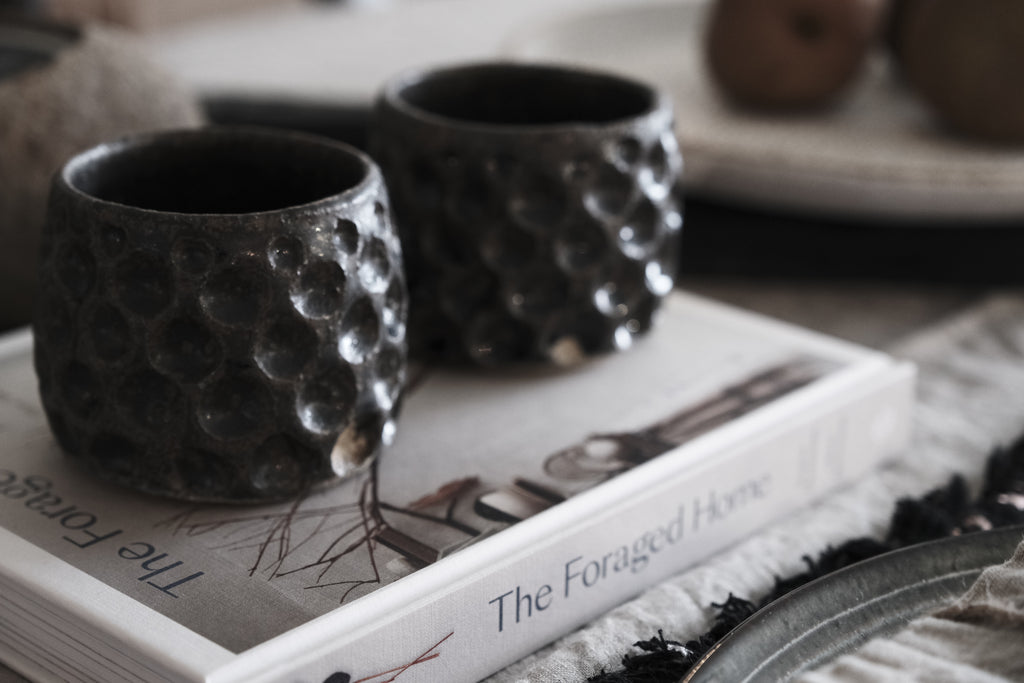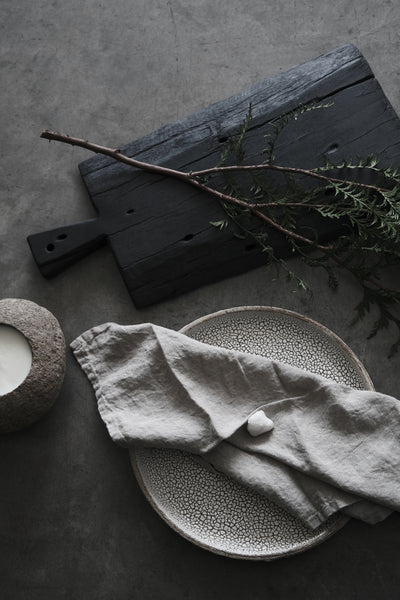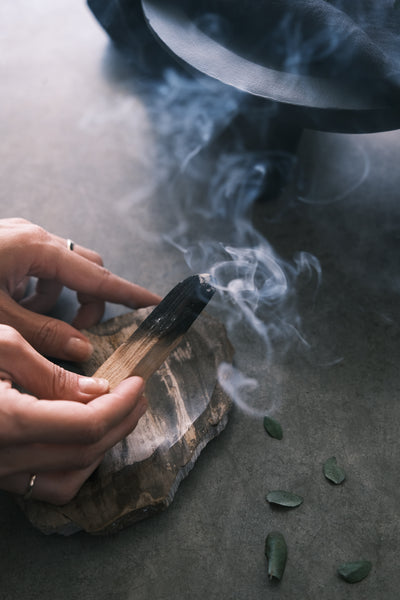Welcome to our deep dive into the virtuous world of Wabi-Sabi – a timeless Japanese philosophy that's reshaping the way Australians approach interior design.
As avid interior enthusiasts, we're thrilled to share insights on how you can infuse your living spaces with the beauty of Wabi-Sabi principles.
Originating in ancient Japan, Wabi-Sabi celebrates the art of imperfection, embracing simplicity, and finding beauty in the natural, the aged, and the imperfect.
In this guide tailored for Australian home decor shoppers and interior lovers, we'll explore the rich history behind Wabi-Sabi and offer practical tips on how to effortlessly incorporate its principles into your own home design.
Join us as we unlock the secrets to cultivating a space that exudes warmth, authenticity, and soulful charm.
Broken down
To truly grasp the essence of Wabi-Sabi, let's dissect its name.
"Wabi" embodies simplicity, humility, and a refined elegance, reminiscent of serene Japanese tea ceremonies.
Meanwhile, "Sabi" celebrates the beauty of aging, the graceful patina that adorns cherished objects over time, and a profound acceptance of impermanence.
Together, Wabi-Sabi encapsulates a sophisticated appreciation for imperfection, transience, and understated luxury.
Originating in 15th-century Japan as a reaction against opulence, Wabi-Sabi gained traction through its association with Zen Buddhism, championing mindfulness, simplicity, and the transient nature of existence.
This timeless philosophy has since permeated various aspects of Japanese culture, including art, architecture, and interior design, captivating design-savvy homeware shoppers worldwide with its soulful charm and refined aesthetic.
Richard Powell said: “Wabi Sabi nurtures all that is authentic by acknowledging three simple realities: nothing lasts, nothing is finished and nothing is perfect”.
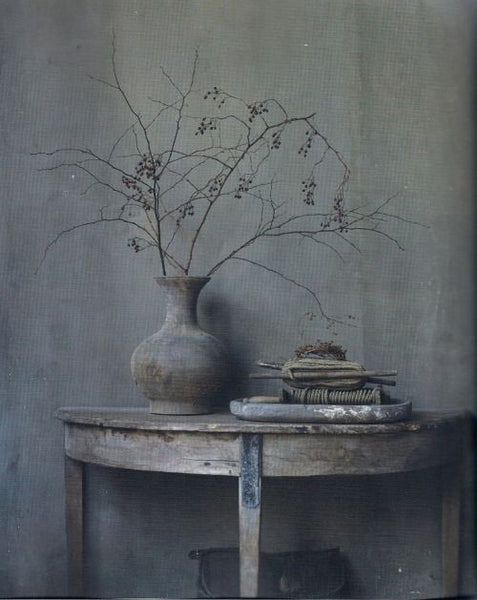
Inviting it into the home
Welcoming the principles of Wabi-Sabi into your home transforms it into a sanctuary of refined luxury and serene charm, captivating design-savvy homeware shoppers seeking sophistication and authenticity.
Embrace Wabi-Sabi's allure by curating your space with minimalist elegance, incorporating lavish natural materials like aged wood, exquisite stone, and sumptuous linen.
Select pieces that exude a weathered grace, celebrating imperfection as a testament to their rich history and character.
Infuse your interiors with the enchanting "Sabi" element by showcasing heirloom treasures adorned with the patina of time, each telling a captivating story of its journey.
Harness the interplay of light and shadow to craft an atmosphere of tranquility and introspection, where every corner resonates with the poetic beauty of impermanence.
By embracing Wabi-Sabi principles, you elevate your home to a realm of understated opulence and profound authenticity, inviting discerning homeware connoisseurs to indulge in a lifestyle of timeless refinement.
Shop our range of nature inspired homewares here.
At Terra Cruda, we fiercely believe in finding a blend between visual beauty and energetic balance when it comes to the home.
What that means is that your home shouldn’t just look good, it should feel good.
Improving the energy in your home can be done by practising rituals that connect you with your space, cleanse the energy, purify the air and improve your connection to yourself and your space. Many like to practise the art of saging, or clearing the energy through the smoke of palo santo (as pictured).
Inviting objects such as crystals and salt lamps into the home, as well as adopting the basic principles of Feng Shui will help to ensure energy channels stay clear in your home and invite health and prosperity into your life.
Inviting it into your life
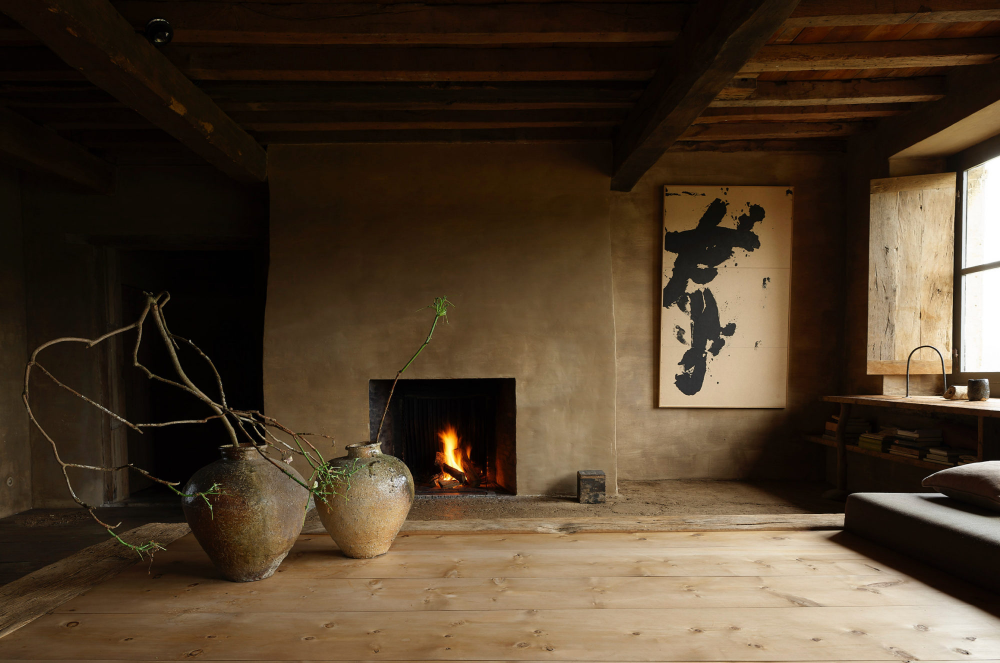
[Image from Pinterest]
For more ideas, see our full collection of Wabi Sabi homewares here.


